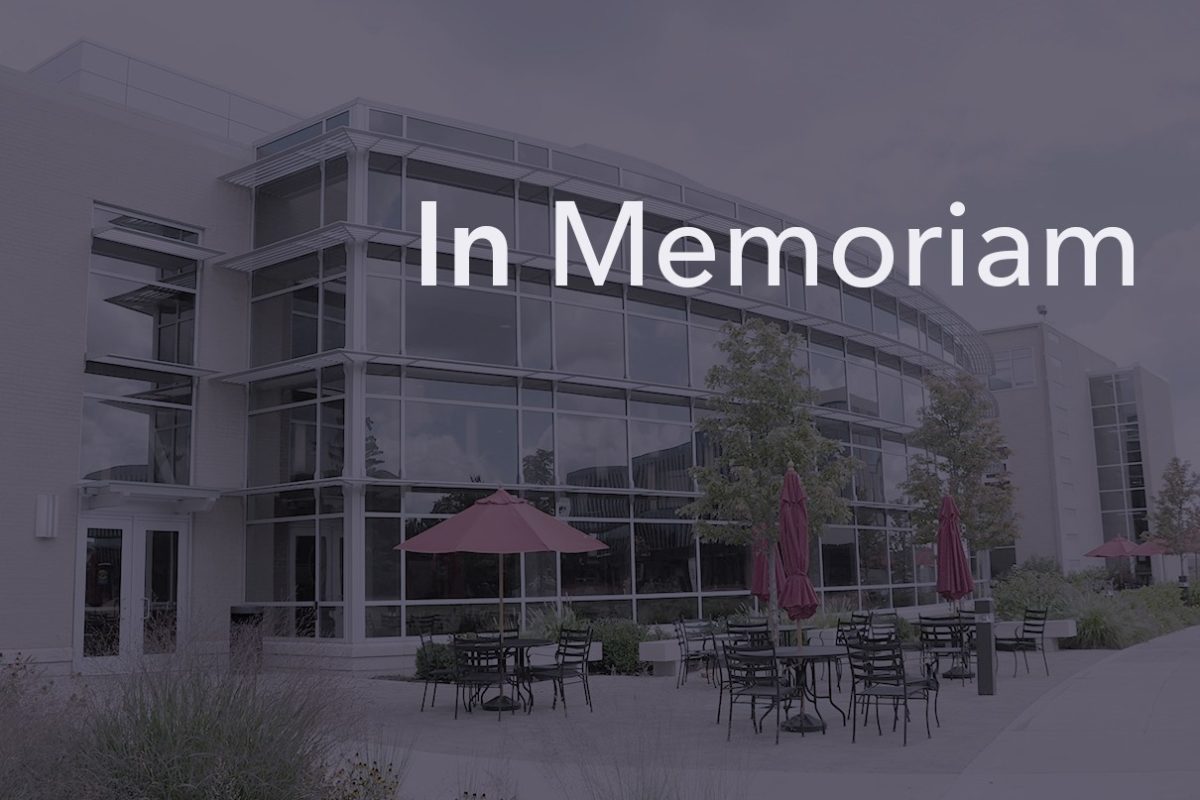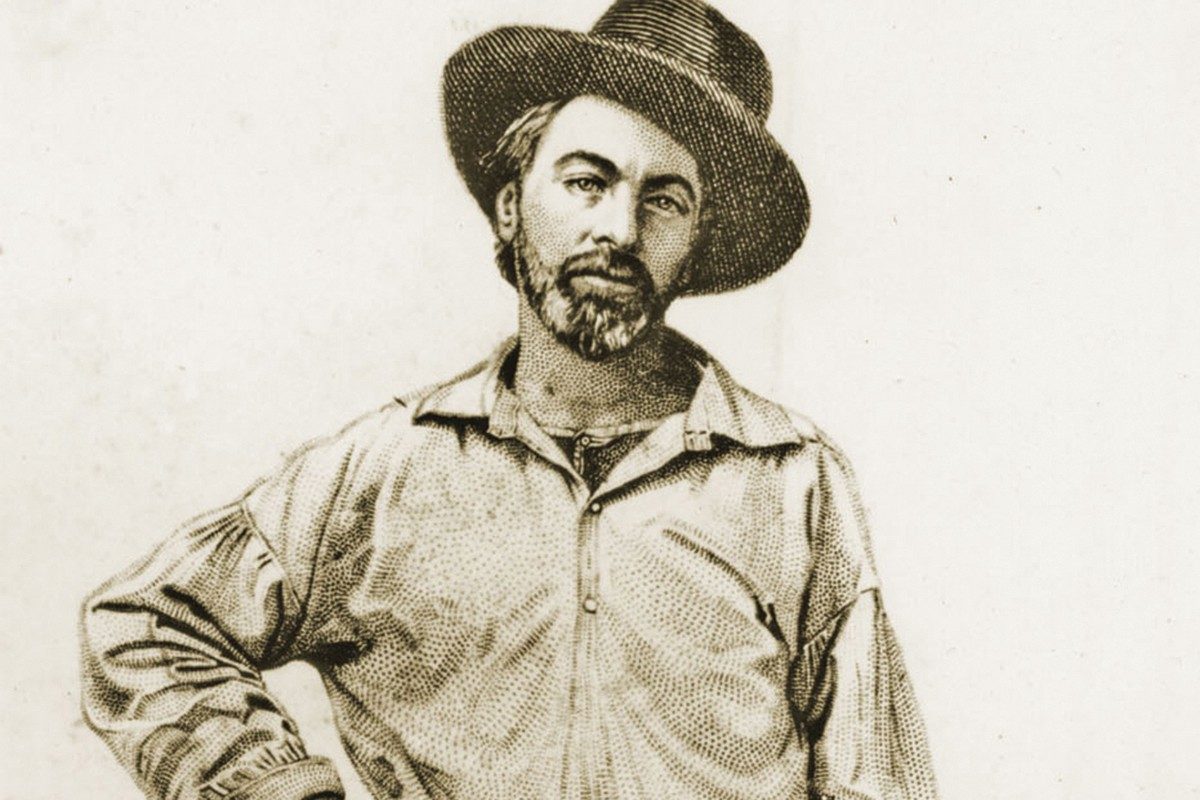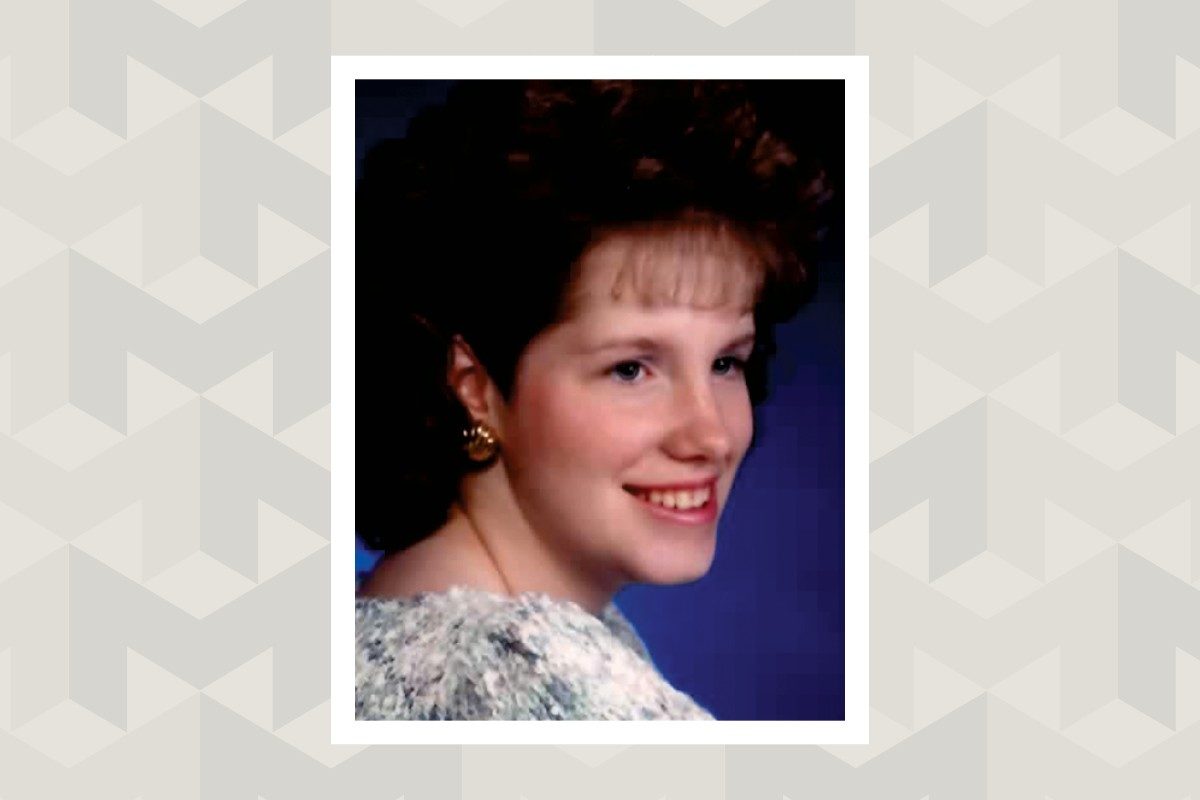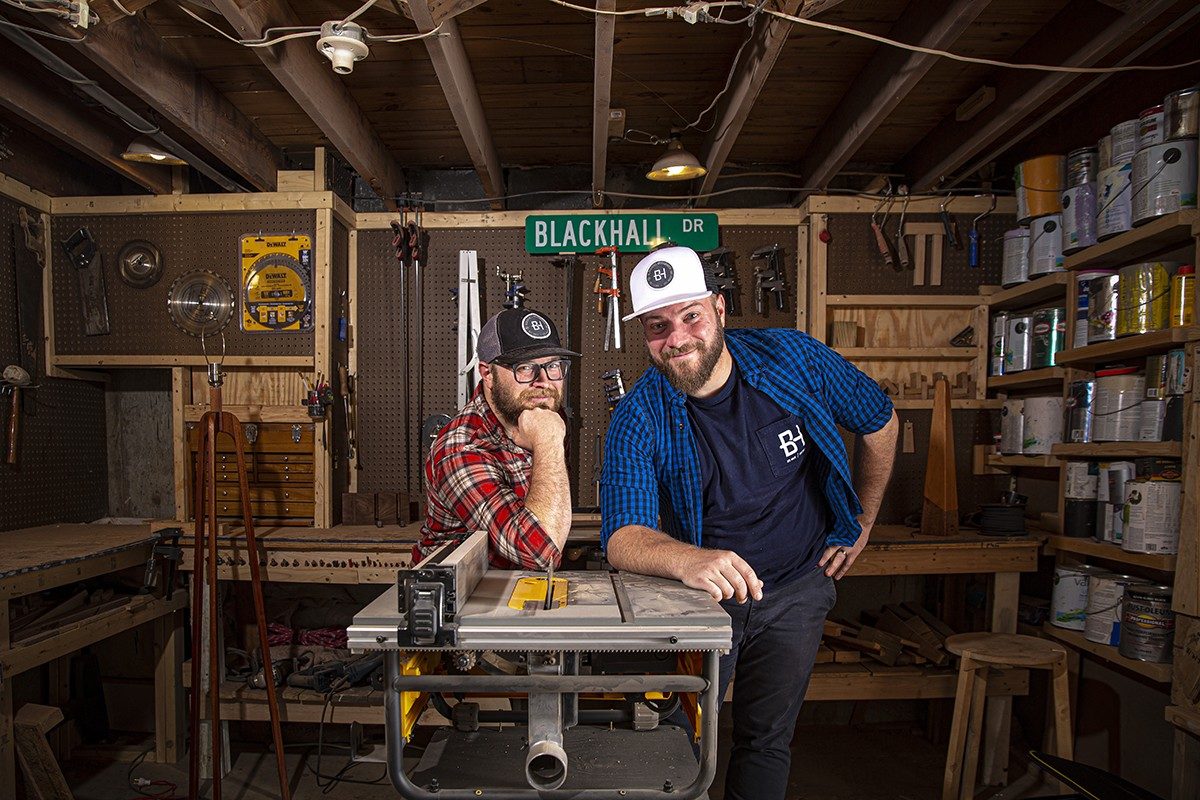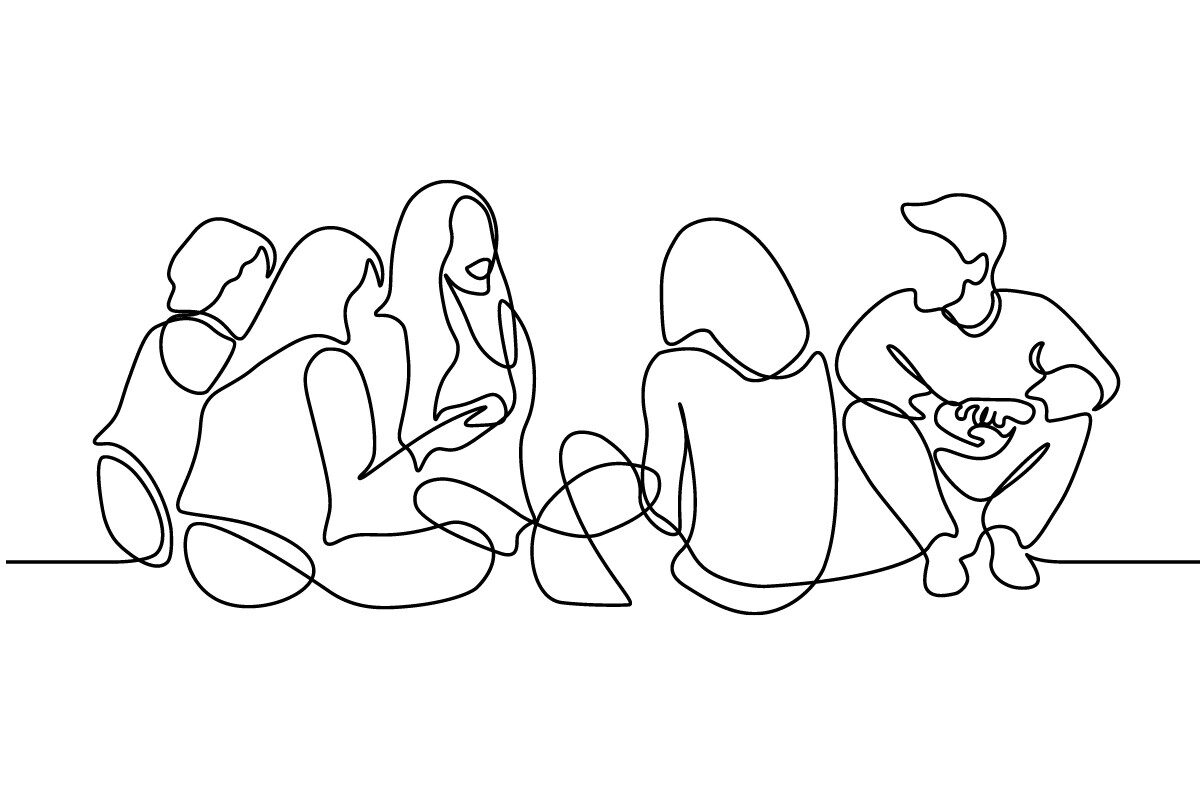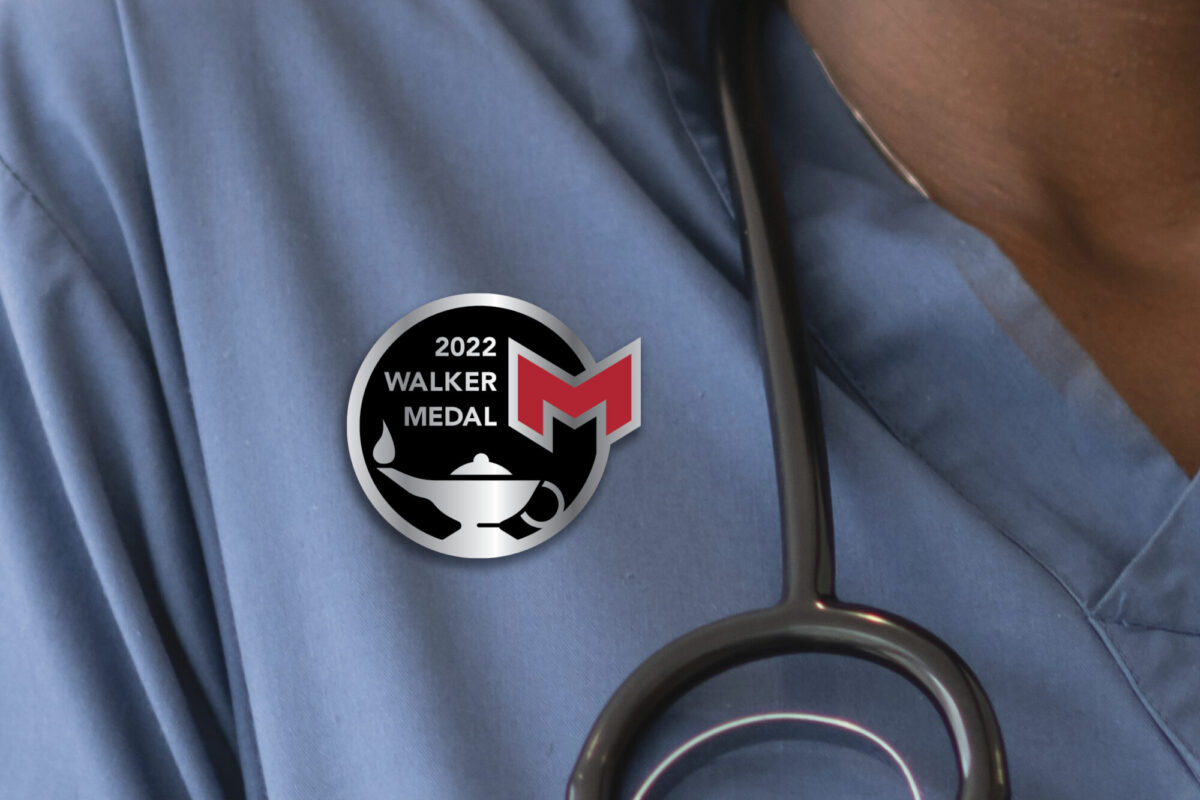While researching St. Louis’ real estate history, Erica Williams, ’05, ’12, discovered that current racial tensions are the result of past racist laws and public policies. She decided a substantial investment into North St. Louis County was necessary to provide equitable relief to the region.
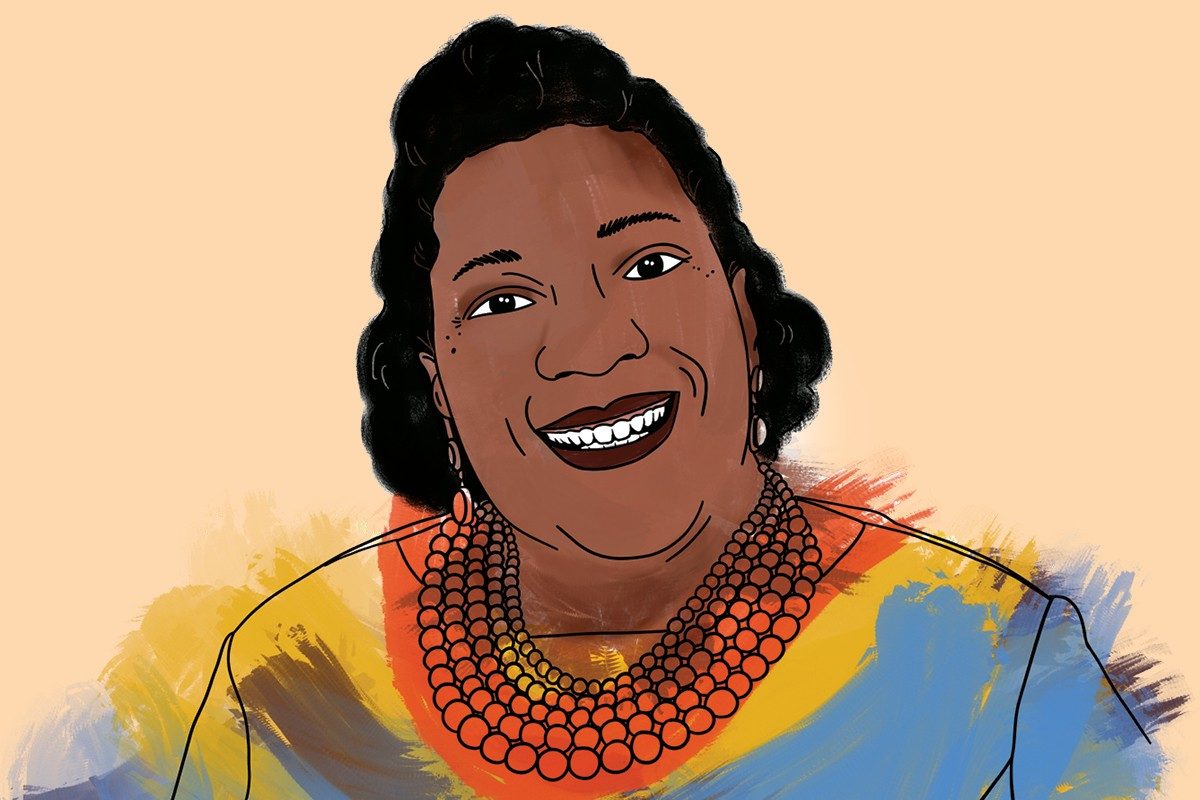
SHAKING UP NORTH COUNTY
BY CONSTANCE GIBBS
Growing up in North St. Louis County, Erica Williams, ’05, ’12, remembers visiting movie theaters, public pools and restaurants in her bustling neighborhood. Today, many of those businesses have closed their doors. North St. Louis County is the victim of urban decay, resulting in abandoned buildings, high unemployment and increased poverty and crime.
“As a mother of five, I am always thinking about how we can get our community back in a way that families can actually enjoy North County and don’t have to move to find the things they want to enjoy,” Williams said.
Fueled by this goal, Williams returned to her alma mater, Maryville University, to earn her MBA and planned to focus her capstone project on the economic development of North County. She began researching St. Louis’ real estate history and how racial discrimination in mortgage lending in the 1930s, also known as redlining, shaped demographic and wealth patterns today.
But Williams’ trajectory changed following the shooting of Michael Brown, the unarmed teenager killed by a police officer in Ferguson, Missouri. The shooting sparked protests against police brutality and helped spur the Black Lives Matter movement. Months later, a St. Louis prosecutor announced that a grand jury had not indicted Darren Wilson, the officer who killed Brown, setting off a new round of protests.
The Ferguson unrest opened up a national dialogue around racial injustice. “The response from everyone, no matter which side they took, was so strong,” Williams said. “I attended my first protest and really began to understand the pain members of my community were feeling. I realized I needed to look at helping my community through a racial equity lens, not just an economic development lens.”
Williams founded the nonprofit A Red Circle to foster meaningful relationships within North County for the betterment of the community, reversing the effects of racism, one person at a time. The name was chosen for a specific purpose: “red,” because all blood is red, and “circle,” to represent safety and unity. She first managed A Red Circle in her free time, but ultimately made the decision to leave her paralegal career to devote herself fulltime to the organization.
“The goal is to explore the interconnection of systems within the region and how racism — past, present and future — impacts a community,” Williams said. “We are exploring how healthy food access is connected to education, how education is connected to tax revenue, how tax revenue is related to jobs and transportation and how the arts and civic engagement ties all those things together,” she said.
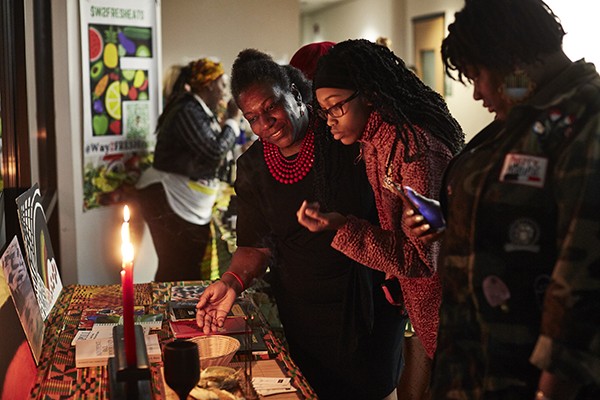 A Red Circle hosts numerous community events throughout the year such as voter registration barbecues, financial empowerment workshops and healthy food markets featuring fresh produce, fitness demonstrations and arts and crafts. The organization also provides opportunities for the arts including its “7 Days in 1 Night” Kwanzaa celebration and group trips to the Muny. Additionally, A Red Circle is a key player in statewide advocacy efforts to improve the well-being of Missouri children. Williams and others have served on work groups and committees that help shape state policy and testified before the state legislature through organizations like Kids Win Missouri and the ACLU of Missouri.
A Red Circle hosts numerous community events throughout the year such as voter registration barbecues, financial empowerment workshops and healthy food markets featuring fresh produce, fitness demonstrations and arts and crafts. The organization also provides opportunities for the arts including its “7 Days in 1 Night” Kwanzaa celebration and group trips to the Muny. Additionally, A Red Circle is a key player in statewide advocacy efforts to improve the well-being of Missouri children. Williams and others have served on work groups and committees that help shape state policy and testified before the state legislature through organizations like Kids Win Missouri and the ACLU of Missouri.
“A Red Circle is a black-led organization doing work in black communities,” Williams said. “Often times, black communities are at the mercy of larger nonprofits who want to help, but don’t have a direct connection to the community. We want to make sure work is being done in North County and for North County, and this includes making sure people from North County have a seat at the table when conversations are taking place.”
A Red Circle also partners with other St. Louis area organizations to further its mission, including Maryville University. Each year, Williams works alongside School of Education faculty to introduce students to culturally responsive teaching, a concept based on elevating the learning capacity of students who have traditionally been marginalized in education.
“Many of our School of Education graduates will serve in public schools with students who don’t look like them and come from different cultural backgrounds,” said Destiny Reddick, EdD, assistant dean for the School of Education and assistant professor of teacher education. “We are teaching them how to relate to their students, how to work with parents and how to recognize when students’ cultural backgrounds impact their behaviors and communication styles.”
These skills are especially needed in Missouri, where, in line with a nationwide trend, African American students are suspended four times more often than white students. Suspensions frequently mean students spend less time learning in the classroom, and suspended students are more likely to drop out of school, repeat a grade and become incarcerated. The phenomenon, called the school-to-prison pipeline, is attributed to racial bias that plays out through subjective application of school discipline policies.
As part of their culturally responsive training, Maryville School of Education students learn to recognize socioeconomic and racial disparities in St. Louis. This includes a project where students are assigned a major thoroughfare, like Gravois Avenue or Olive Street, and drive from St. Louis County into St. Louis City, noting differences between housing, businesses, advertisements, health care facilities and healthy food access. Students even note what public trash cans look like and whether bus stops are covered or uncovered or provide seating.
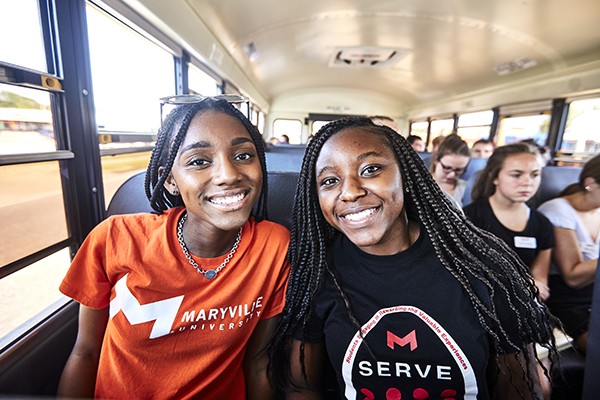 Williams and her North St. Louis County expertise play a large part in this lesson. She narrates a “model drive” for the students before they explore the region on their own. “Part of the experience is soaking it all in, but it’s also about asking questions,” Williams said. “We want students to see how different things impact education and the ability to learn. For example, a child may come to school wearing dirty clothes, but it’s possible that child doesn’t have running water at home to do laundry. Students are learning how to separate behavior issues from needs and challenges children face.”
Williams and her North St. Louis County expertise play a large part in this lesson. She narrates a “model drive” for the students before they explore the region on their own. “Part of the experience is soaking it all in, but it’s also about asking questions,” Williams said. “We want students to see how different things impact education and the ability to learn. For example, a child may come to school wearing dirty clothes, but it’s possible that child doesn’t have running water at home to do laundry. Students are learning how to separate behavior issues from needs and challenges children face.”
Maryville and A Red Circle plan to expand their partnership in the future. Preparations are underway through the Maryville Education Club to host multicultural book fairs in North St. Louis County elementary schools. The book fairs will introduce students to children’s books that promote positive images and stories about African American culture and history as a tool to help increase literacy.
“Maryville is a special place, and the experiences I had while I was a student were invaluable,” Williams said. “To be able to work with the University today is huge for me.”

